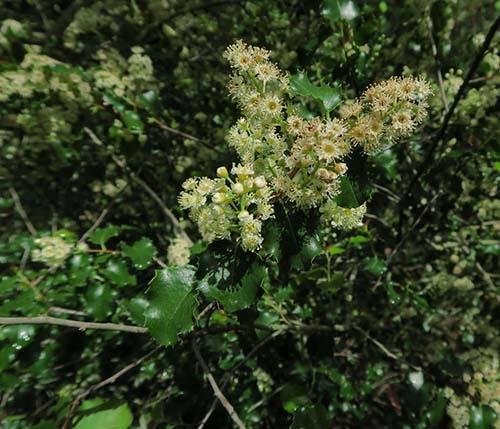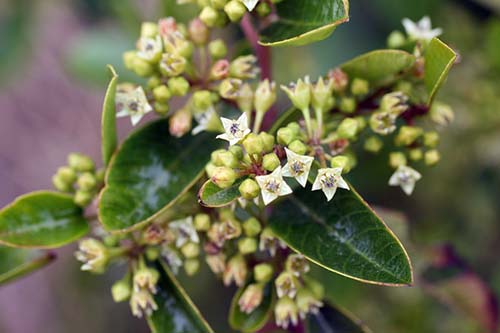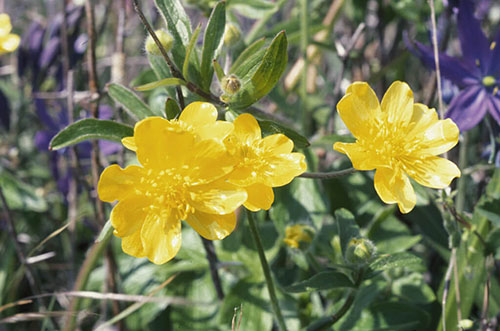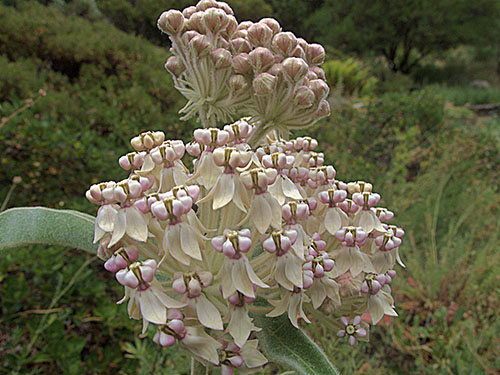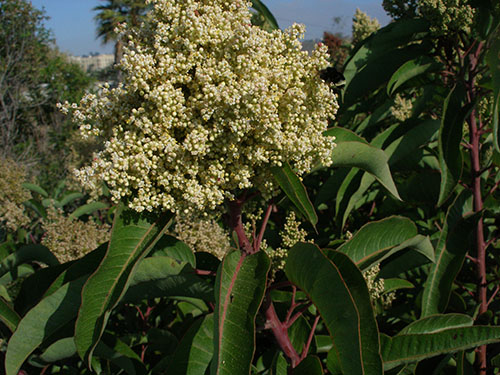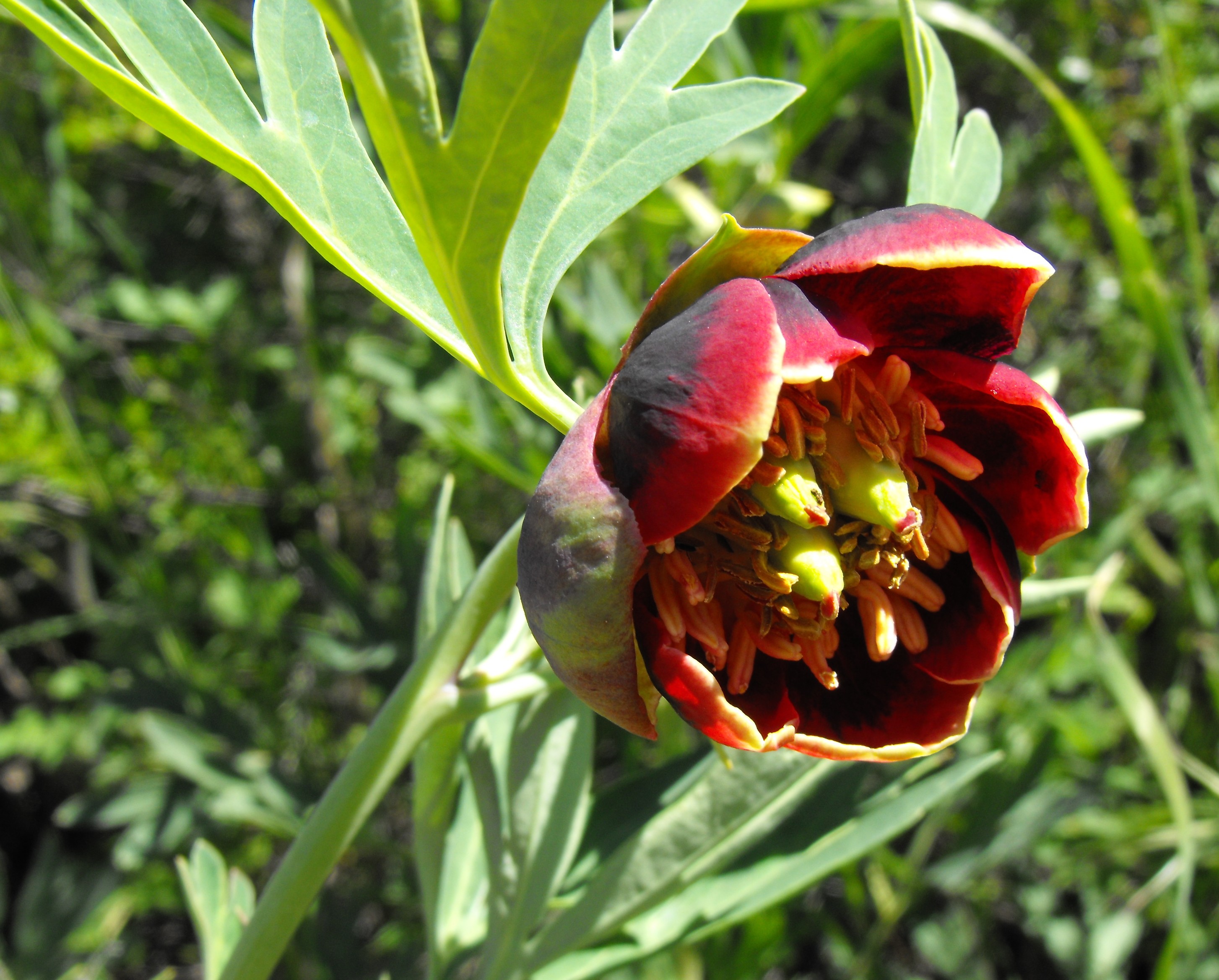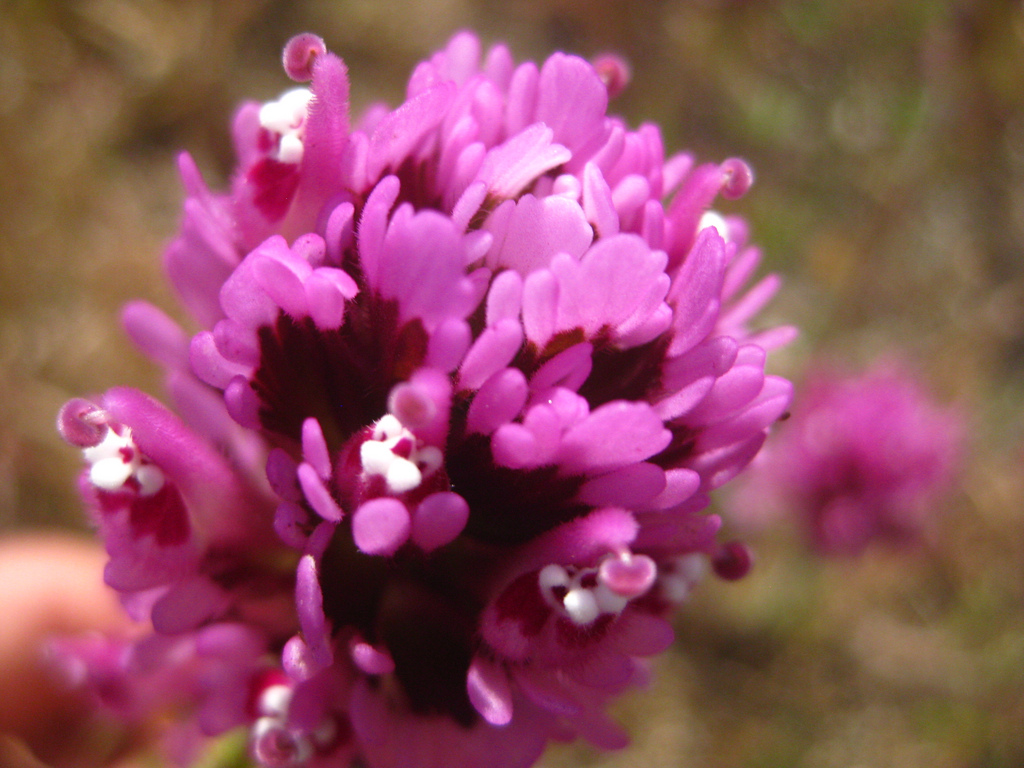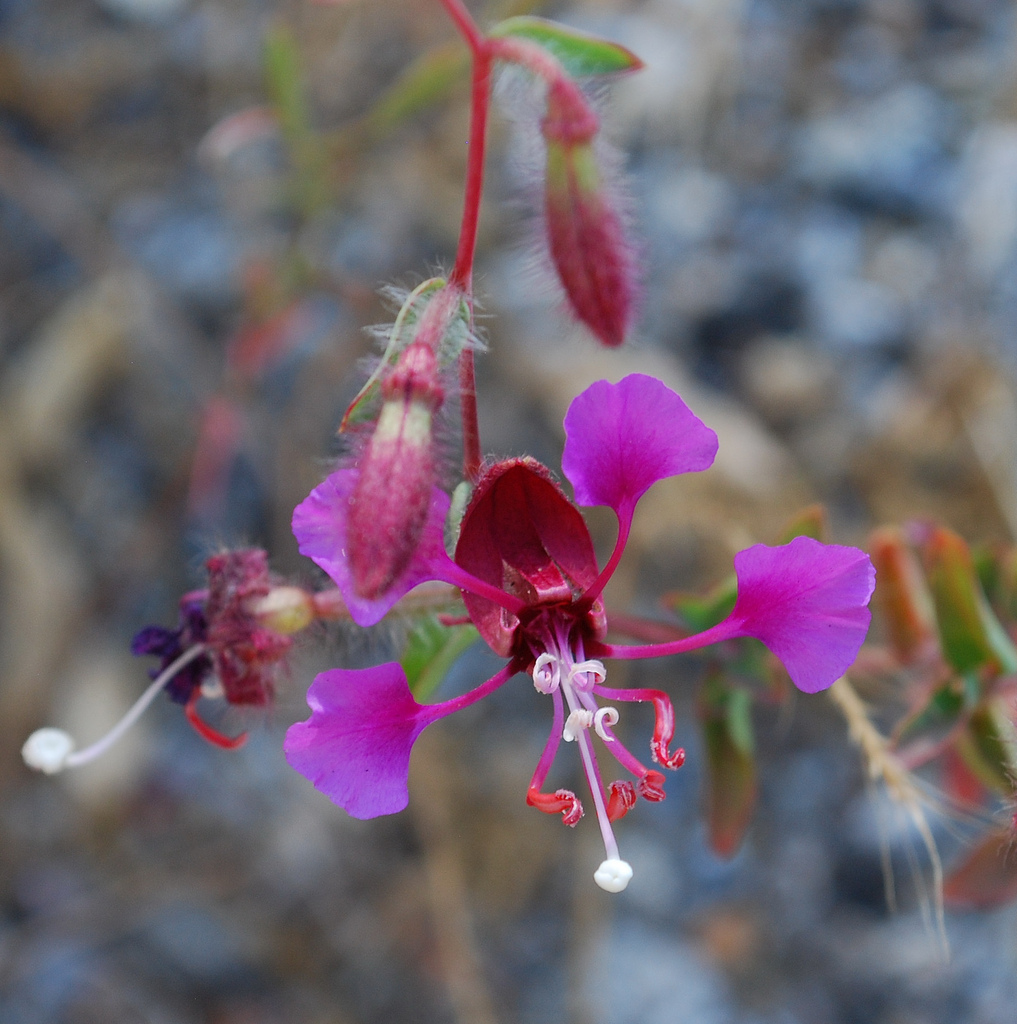Toxic Outdoor Plants
You’re probably familiar with toxic outdoor plants like poison ivy and poison oak, but other toxic wild plants may be growing in your own yard. You might even have dangerous plants in your garden.
Toxic Wild Plants
Harmless vines and shrubs are frequently mistaken for poison ivy and poison oak. Your landscaper can show you how to identify the toxic plants. It’s not sufficient to cut down poison oak and ivy. They have to be dug up, and that’s a job for a pro.
Pacific Poison Oak may present as a vine or shrub. It has clusters of three leaves that are quite attractive when they turn bright orange and gold. Avoid wild vines, shrubs and groundcover with clusters of three leaves.
Other common toxic wild plants found in California are:
- Jimsonweed/Jimson Weed
- Castor Bean
- California Buckeye/California Horse Chestnut
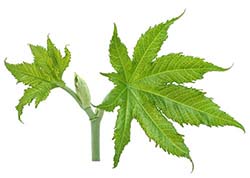 Jimsonweed’s white flowers resemble Moonflower. The green leaves are long with irregular pointed edges, and the fruit is green and covered with spiny thorns. Jimsonweed can be deadly if consumed, especially if by children.
Jimsonweed’s white flowers resemble Moonflower. The green leaves are long with irregular pointed edges, and the fruit is green and covered with spiny thorns. Jimsonweed can be deadly if consumed, especially if by children.
Castor Bean is attractive in late summer and fall when the spiny fruit turns red and the leaves fade to white and pink. The poison ricin is derived from Castor Beans. Call a professional to remove this plant from your property if you have children or pets.
California Buckeye is a small tree with frilly white and pale pink flowers. The seeds contain a toxin much like rat poison and are extremely dangerous to children and dogs.
Problems in the Garden
- Hydrangea
- Moonflower
- Foxglove
- Wisteria
- Lantana
- Oleander
All parts of Hydrangea are toxic. Symptoms after ingestion range from digestive upset to unconsciousness. It can also cause painful rashes.
Moonflower’s seedpods swell after the flower dies. They turn brown in autumn, split open and drop white seeds. The seeds cause digestive upset in children and pets.
Foxglove looks almost exactly like larkspur: tall, spear-like stems covered with beautiful flowers in all shades of purple. Its deadly toxic white berries turn red and are attractive to children.
Wisteria’s seeds can cause digestive upset, dizziness, slurred speech and loss of consciousness.
 Lantana’s blooms consist of many small flowers and are typically orange and yellow or pinkish-purple and yellow. Lantana is usually problematic for animals rather than people. It can cause digestive upset and liver damage
Lantana’s blooms consist of many small flowers and are typically orange and yellow or pinkish-purple and yellow. Lantana is usually problematic for animals rather than people. It can cause digestive upset and liver damage
Oleander is a shrub with white or pink flowers and is one of the world’s most deadly plants. One leaf can be fatal to a child. Oleander is also deadly to dogs.
Cats are unlikely to consume any of these plants but may rub their faces on a plant and come into contact with a toxin.
In Case of Emergency
If a child or adult ingests any of the above plants, call Poison Control at 800-222-1222. For pets, call 888-426-4435.
Do You Have Toxic Plants on Your Property?
We’re here to help. We will identify and safely remove toxic wild plants and discuss your options regarding dangerous garden plants. If you decide to have garden plants removed, we’ll help you choose replacements. Contact us for an appointment.

